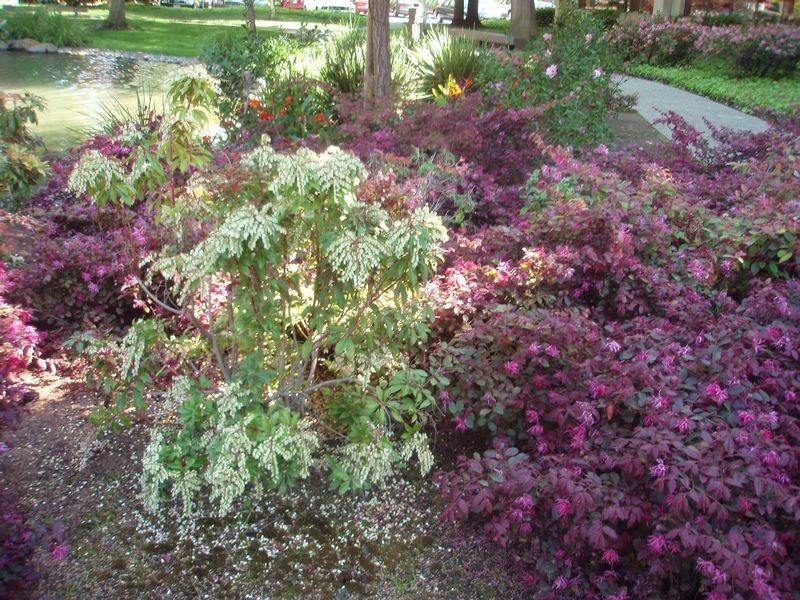Just because the sun goes down early now, don’t put your garden to sleep yet. Make sure you have 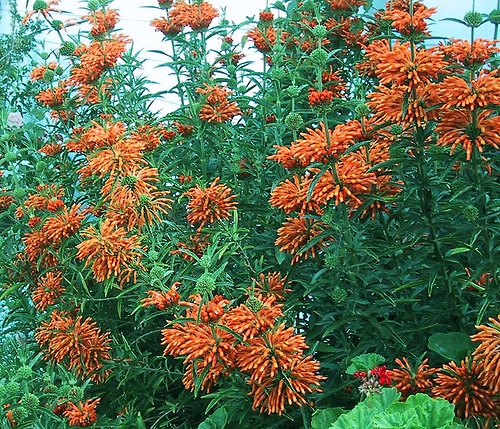 as well as fiery foliage to perk up the view outside your windows.
as well as fiery foliage to perk up the view outside your windows.
Some of my favorite shrubs for the fall garden have orange flowers. If you have a spot at the back of the garden for a showy 4-6 ft shrub that requires little or no water, add a Lion’s Tail and enjoy whorls of tubular, 2" deep orange flowers that bloom from summer right through fall.
For a shorter orange-flowering shrub, consider a dwarf pomegranate. This ornamental reached 3 ft high and 6 ft wide. Blooming when only a foot tall or less, their showy orange-red single flowers are followed by small, dry red fruit that is also decorative. You can use this little shrub in borders, edging or even containers. When established in the ground they require only moderate watering.
The vibrant orange flowers of these shrubs absolutely glow when planted near purple flowers. Blooming now are Purple Pastel salvia greggii. Also called Autumn Sage, this evergreen shrub typically grows 3-4 ft high and as wide. Remember to shorten and shape plants before new growth begins in spring o keep tidy. Hummingbirds love salvias as do bees so planting them near the vegetable garden can help increase your harvest.
A groundcover for sun or partial shade that is striking in early to late autumn is dwarf plumbago. At this time of year the intense, dark blue flower clusters contrast with its red fall foliage. This 6-12" high groundcover tolerates inconsistent watering and is good for growing under oak trees.
Another drought tolerant groundcover blooming now is Huntington Carpet rosemary. Unlike some of the older varieties of creeping rosemary, this one spreads quickly yet maintains a dense center. Growing to 18" high it’s covered with pale blue flowers through the winter and into next spring. Good drainage is essential for rosemary. Lighten dense soil with plenty of organic matter. Heavy feeding and too much water result in leggy growth. Rosemary responds to frequent pinching. Prune older plants frequently but lightly. Don’t cut into bare wood.
This last fall blooming show stopping combination is not orange but red, purple and white. You may have Mexican bush sage, Hot Lips salvia greggii and Santa Barbara daisy in your garden already. They are popular, easy-to-grow, low water use plants. Combine them and step back. You’ll love the way the white of the daisy brings out the intense red and purple hues of the other two. This vignette really pops.
If you garden cries out for more fall flowers consider adding some of these plants to your garden.

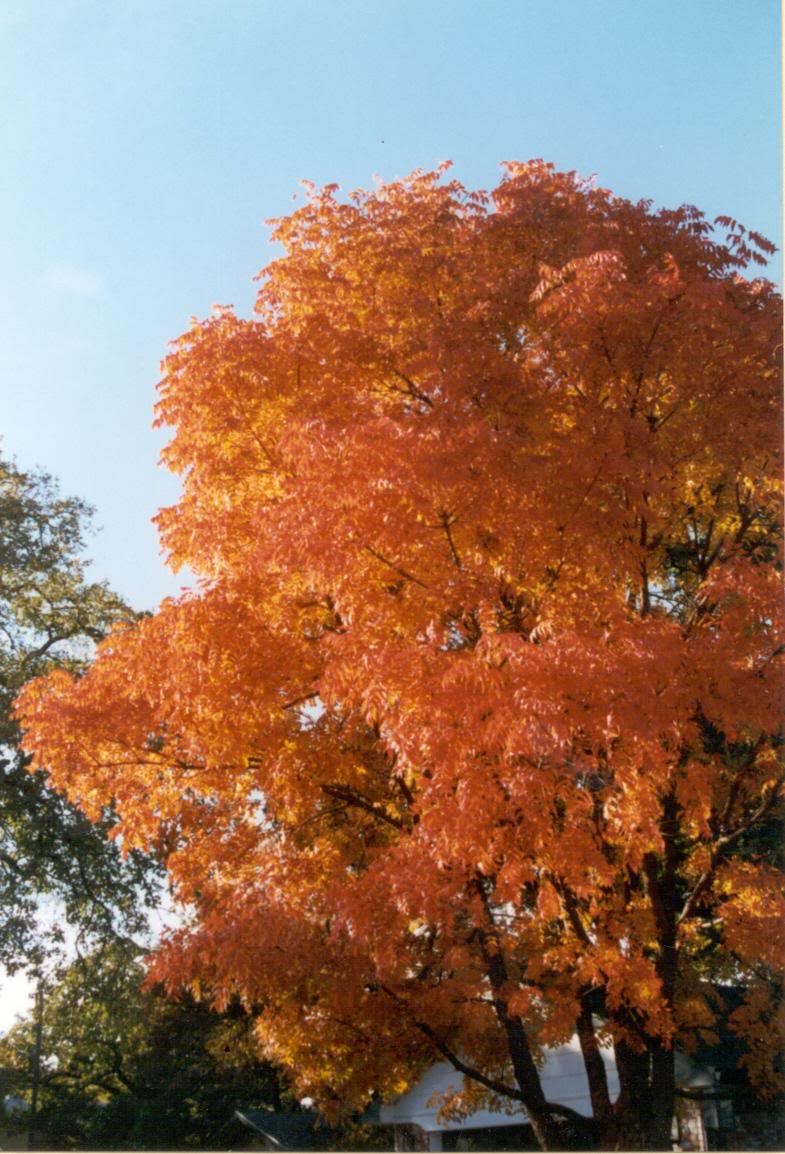 ooler temperatures of autumn cause trees to switch into energy-storage mode, at which point their leaves stop producing chlorophyll. For the few weeks before the leave fall to the ground, they are colored only by their natural pigments. It’s these colors – red and purple anthocyanins, yellow and orange carotenoids – that make fall foliage so glorious. Some years the show is more dramatic than others. The best conditions for intense leaf color to develop are dry sunny days followed by cool ( but not freezing ) nights.
ooler temperatures of autumn cause trees to switch into energy-storage mode, at which point their leaves stop producing chlorophyll. For the few weeks before the leave fall to the ground, they are colored only by their natural pigments. It’s these colors – red and purple anthocyanins, yellow and orange carotenoids – that make fall foliage so glorious. Some years the show is more dramatic than others. The best conditions for intense leaf color to develop are dry sunny days followed by cool ( but not freezing ) nights. 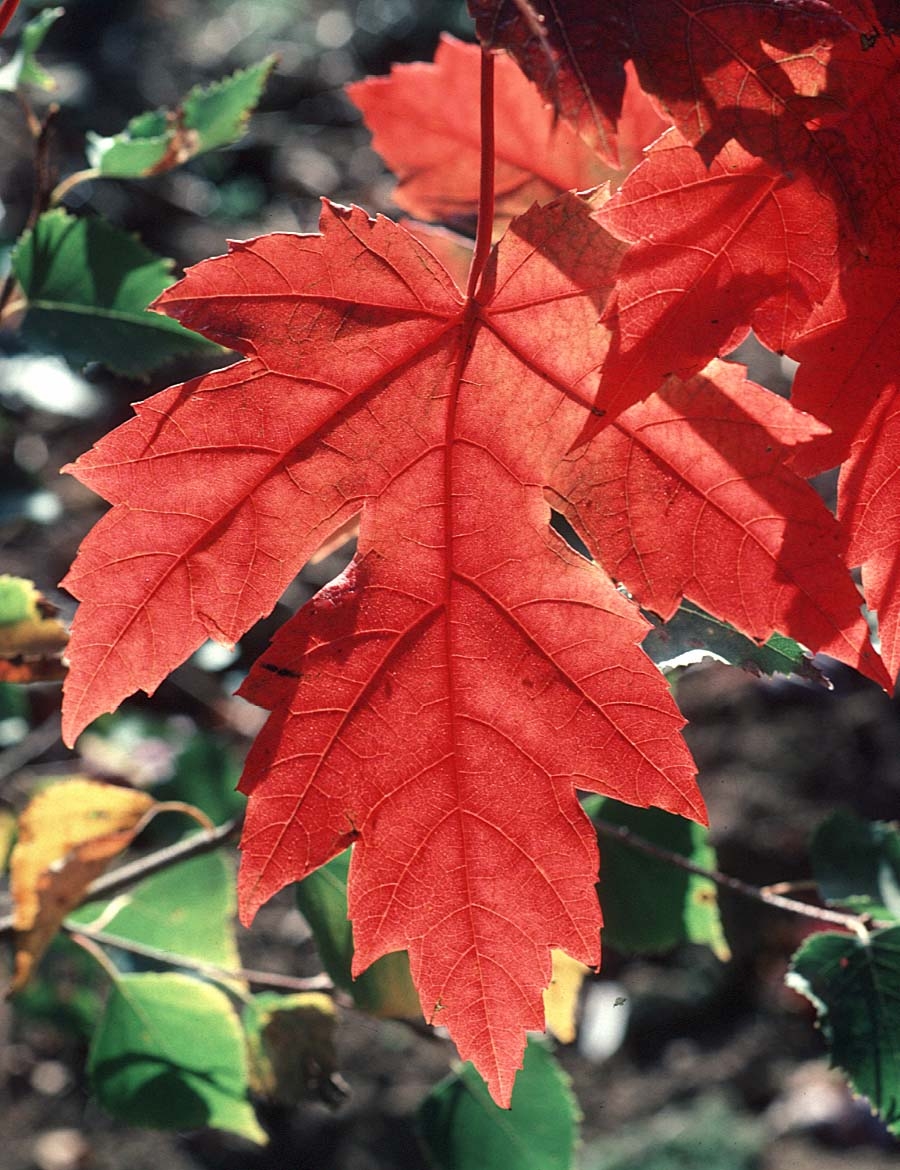 something that you can put a table and chairs under and still have room to play, consider a red maple. Autumn Blaze maples spread to 40 ft. wide and you’ll be enjoying their brilliant orange-red fall color long into the fall season. They need an occasional deep watering like a fruit tree but little pruning.
something that you can put a table and chairs under and still have room to play, consider a red maple. Autumn Blaze maples spread to 40 ft. wide and you’ll be enjoying their brilliant orange-red fall color long into the fall season. They need an occasional deep watering like a fruit tree but little pruning. 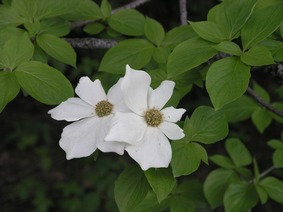
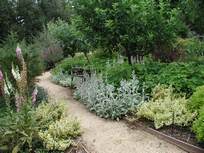 andscapes that provide four seasons of interest. Here are some tips I pass along.
andscapes that provide four seasons of interest. Here are some tips I pass along. 